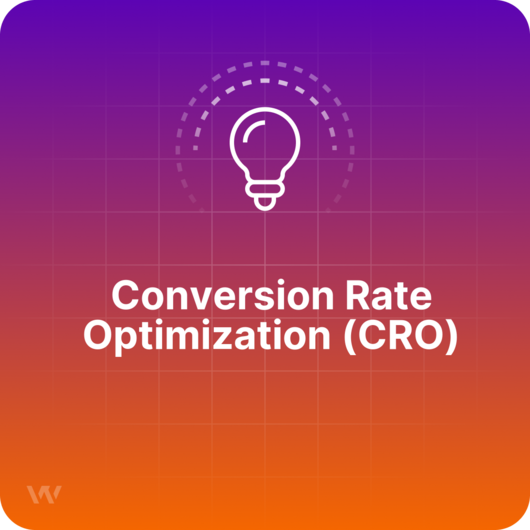Conversion Rate Optimization (CRO)
TL;DR
The conversion rate optimization is the process through which the percentage of conversions is increased by methodically analyzing data and testing out different versions of the same website or marketing campaign.
What does Conversion Rate Optimization mean?
Before being able to understand the conversion rate optimization process one must know what a conversion represents (e.g. payment, subscription, lead) and how to calculate the conversion rate.
Through conversion rate optimization efforts, businesses manage to grow the number of conversions without investing more money in website traffic, hence increasing their ROI (return of investment) and overall profitability. Most of the times it is more cost-effective to transform current website visitors into converted visitors (buyers, followers, leads, etc) than to attract new visitors to the website.
Website Conversion Rate Optimization Methods
CRO implies figuring out what visitors are looking for when navigating a certain website and providing them with the easiest way for them to reach that. For best results, this process should always be based on data analysis and never on assumptions or guesswork.
Before beginning the conversion rate optimization process one must start with an audit, research some industry benchmarks to see in what situation the current conversion rate is in, identify where on the website the conversion funnel can be improved and what metrics should be enhanced.
There are multiple conversion rate optimization methods, depending on the KPIs (key performance indicators) that are meant to be improved, but 2 of the most popular are: long term traffic observation (behavior, session replay, heatmaps) and A/B testing (surveys, segmentation, and personalization). Combining these two over a well planned period of time will surely improve the website conversion rate, but one must remember to be patient as this is not a one time fix, but a continuous process.


